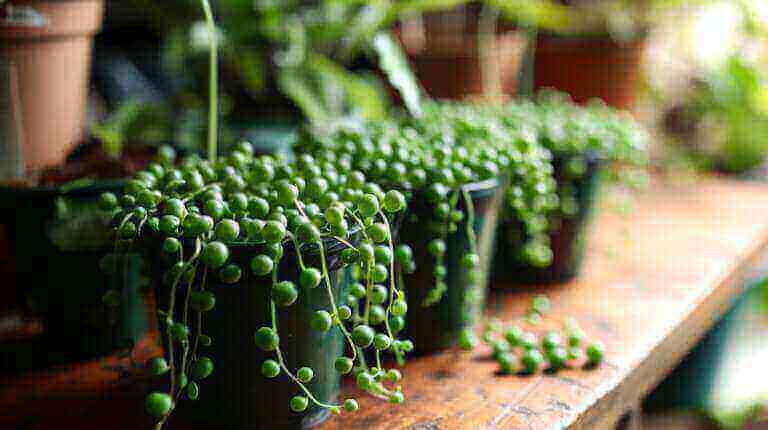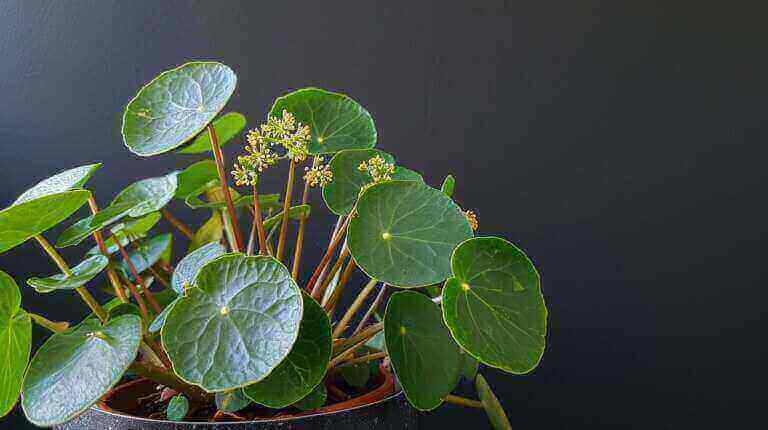As a proud plant parent, taking care of your rubber plant is essential to keep it healthy and thriving. One important task you should consider is pruning. Pruning helps maintain its shape, promotes new growth, and keeps it looking fabulous. Don’t worry, pruning a rubber plant is an easy and rewarding process. Here’s a simple step-by-step tutorial to guide you through it.
Benefits of Pruning a Rubber Plant
Pruning your rubber plant offers several benefits. It helps:
- Maintain Shape and Size: Regular pruning keeps your rubber plant in a desired shape and prevents it from growing too tall or wide.
- Encourage New Growth: Pruning stimulates new growth by removing dead or overgrown branches. This leads to a fuller and more lush rubber plant.
- Aerate the Plant: Removing excess foliage allows for better air circulation, reducing the risk of diseases and pests.
Tools and Materials needed for Pruning
To get started, gather the following tools and materials:
- Pruning Shears: Choose a pair of sharp pruning shears to make clean cuts without damaging the plant.
- Gloves: Wear gardening gloves to protect your hands from any thorns or sharp edges.
- Disinfectant: Prepare a solution of water and disinfectant to sterilize your pruning tools before and after each cut. This helps prevent the spread of diseases.
- Paper Towels: Keep some paper towels handy to wipe off any plant sap or debris from your pruning shears.
Now that you have all the necessary tools and understanding of the benefits of pruning, let’s move on to the step-by-step instructions to prune your rubber plant.
Step-by-step Guide to Pruning Your Rubber Plant(Ficus Elastica)
1. Assessing the Plant’s Health and Shape
First, take a good look at your rubber plant to determine its overall health and shape. Look for any signs of disease or insect infestation. If you notice any yellow or brown leaves, this could be a sign of a problem. Additionally, assess the overall shape of the plant and decide if it needs pruning to maintain a desirable form.
2. Removing Dead Leaves and Branches
Carefully inspect the plant and identify any dead or damaged leaves and branches. Using clean pruning shears, cut these parts off at the base, making sure not to damage any healthy parts of the plant. Removing these dead parts will promote the overall health and appearance of your rubber plant.
Techniques to Prune a Rubber Tree
I absolutely love tending to my rubber plant! It’s a beautiful addition to any indoor space, and with proper pruning techniques, you can keep it looking lush and healthy. Here’s a simple step-by-step tutorial on how to prune a rubber plant.
1. Containing Growth: Trimming the Crown
To control the overall size and shape of your rubber plant, start by trimming the crown. Look for any tall or leggy stems that are sticking out. Using sterilized pruning shears, make a clean cut just above a node (the point where the leaf attaches to the stem). This will encourage new growth and keep the plant compact.
2. Encouraging Side Shoots: Cutting Above Nodes
To encourage the growth of side shoots and create a bushier appearance, cut above a node on a stem where you want new growth to emerge. Make a diagonal cut just above the node, leaving about 1/4 inch of the stem above the node. This will stimulate growth and help the plant fill out.
Tips for Maintaining a Pruned Rubber Plant
1. Removing Dried, Dead, and Diseased Parts
I absolutely love my rubber plant, and one of the best ways to keep it thriving is through regular pruning. Here’s a step-by-step tutorial on how to prune your rubber plant effectively:
First, check your plant for dried, dead, or diseased parts. These can hinder its growth and make it look untidy. Using clean pruning shears, carefully trim away these parts, making sure to cut just above a leaf node to encourage new growth.
2. Propagation Methods: Rubber Plant Cuttings and Air Layering
Another great benefit of pruning your rubber plant is that you can use the trimmed parts to propagate new plants. There are two popular methods: cuttings and airlayering. Here’s how to do them:
For cuttings, choose a healthy stem with at least two leaves, and cut it just below a node. Remove any leaves on the lower part of the cutting and place it in water or a well-draining soil mix. Keep the soil moist and provide indirect light until roots develop.
Airlayering involves making a small incision in the stem and wrapping it with moist sphagnum moss or rooting hormone. Cover the moss with plastic wrap, securing it with twine or a rubber band. Once roots appear, cut below the airlayered section and pot it in a well-draining soil mix.
By regularly pruning your rubber plant and using the trimmed parts for propagation, you can maintain its health and create new plants to enjoy or share with friends. Happy pruning!
Care for Rubber Tree Plant Pruned Areas
Pruning is an essential task for maintaining the health and appearance of your rubber plant. If you’re new to pruning or just need a refresher, here’s a simple step-by-step tutorial on how to prune your rubber plant.
1. Treating Wounds with a Moist Cloth
After making a cut, it’s important to treat the wound to prevent infection and promote healing. Take a clean, moist cloth and gently wipe the exposed area of the plant to remove any debris or sap. This will help the plant recover faster and reduce the risk of disease.
2. Handling Large Cuts: Rinsing and Sealing
For larger cuts, such as when removing a large branch or stem, it’s best to rinse the wound with clean water to remove any sap or debris. This will also help prevent infection. After rinsing, apply a sealing compound to the cut to protect it from pathogens. You can purchase a pruning sealant from a gardening store, or use a mixture of melted beeswax and mineral oil as a natural alternative.
Precautions and Final Thoughts
1. Pruning Outdoors or with Protective Measures
Before you start pruning your rubber plant, consider doing it outdoors or in a well-ventilated area. This will help minimize the mess and allow the plant to recover faster. If you prefer to prune indoors, make sure to lay down some newspapers or a drop cloth to catch any fallen leaves or debris. This will make clean-up much easier. Additionally, it’s a good idea to wear gloves to protect your hands from the sticky sap that rubber plants produce when cut.
2. Considering the Desired Plant Appearance
When pruning your rubber plant, think about the desired shape and size you want your plant to be. Determine the areas that need to be pruned to achieve that shape. Aim to remove any dead or damaged leaves, as well as any branches that are crossing or rubbing against each other. You can use a sharp, clean pair of pruning shears to make clean cuts just above a leaf node or bud. This will encourage new growth and help maintain the overall health of the plant.
FAQ
What is the best time to prune a rubber plant?
The best time to prune a rubber plant is during the spring or early summer when the plant is actively growing.
How do I make my rubber plant bushy?
To make your rubber plant bushy, you can prune the top part of the plant to encourage lateral growth.
Can I make a rubber plant bushy by pruning?
Yes, you can make a rubber plant bushy by pruning. Trimming back the top of the plant will promote branching and make the plant appear fuller.
How do I make a rubber plant grow taller?
To make a rubber plant grow taller, you can prune the lower branches to encourage upward growth.
When should I prune my rubber plant?
You should prune your rubber plant during the spring or early summer when the plant is actively growing.
How do I propagate a rubber plant?
To propagate a rubber plant, you can take stem cuttings and root them in water or moist soil.
Is it necessary to prune my rubber plant?
Pruning is not necessary for a rubber plant, but it can help maintain its shape and promote healthy growth.
How often should I prune my rubber plant?
It is not necessary to prune your rubber plant regularly. You can prune it as needed to maintain its shape or encourage new growth.
What should I do with the cuttings after pruning my rubber plant?
After pruning your rubber plant, you can use the cuttings to propagate new plants or simply discard them.
Is there a specific technique to prune a rubber plant?
When pruning a rubber plant, you can use clean and sharp gardening shears to make clean cuts just above a leaf node or section of the plant.







